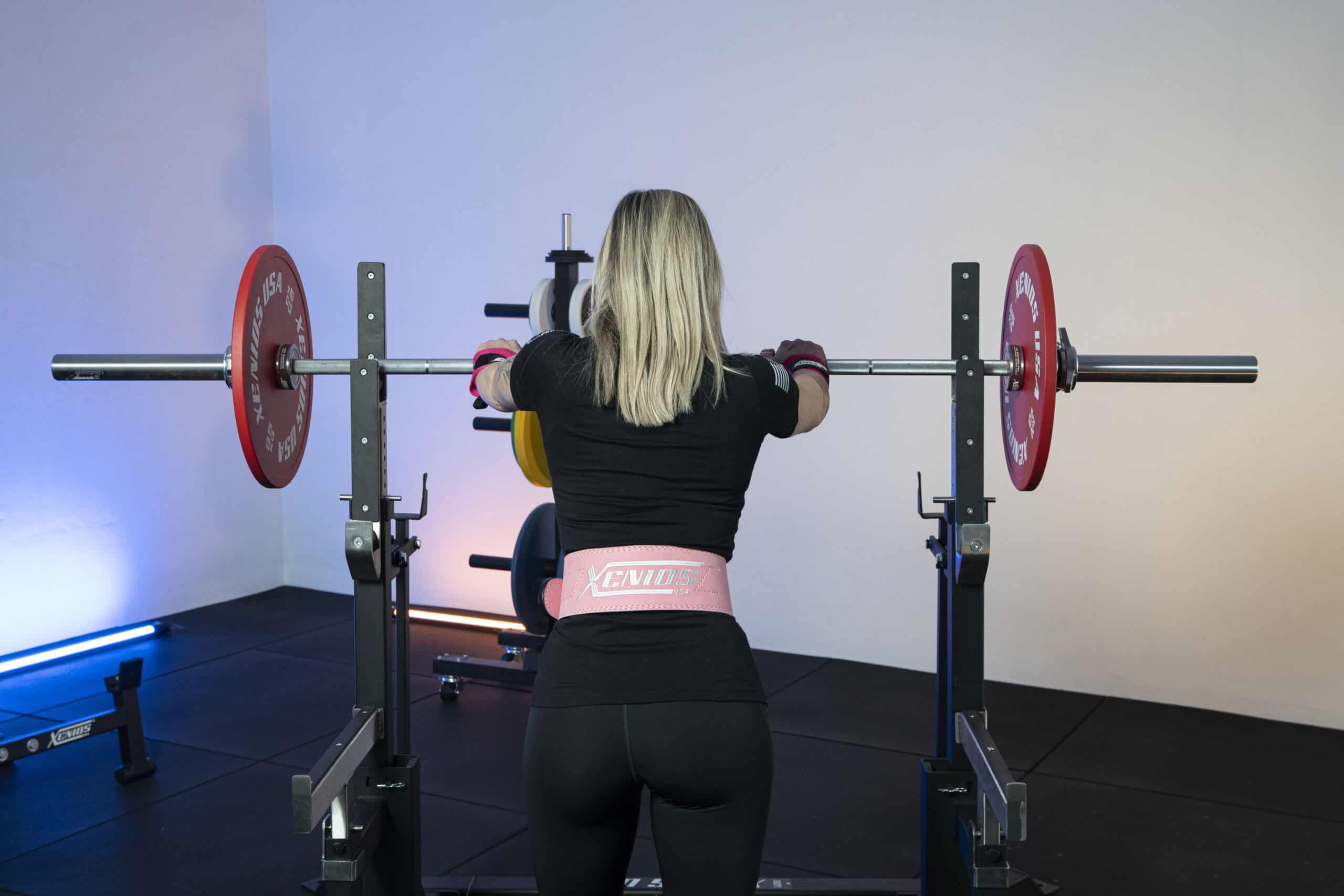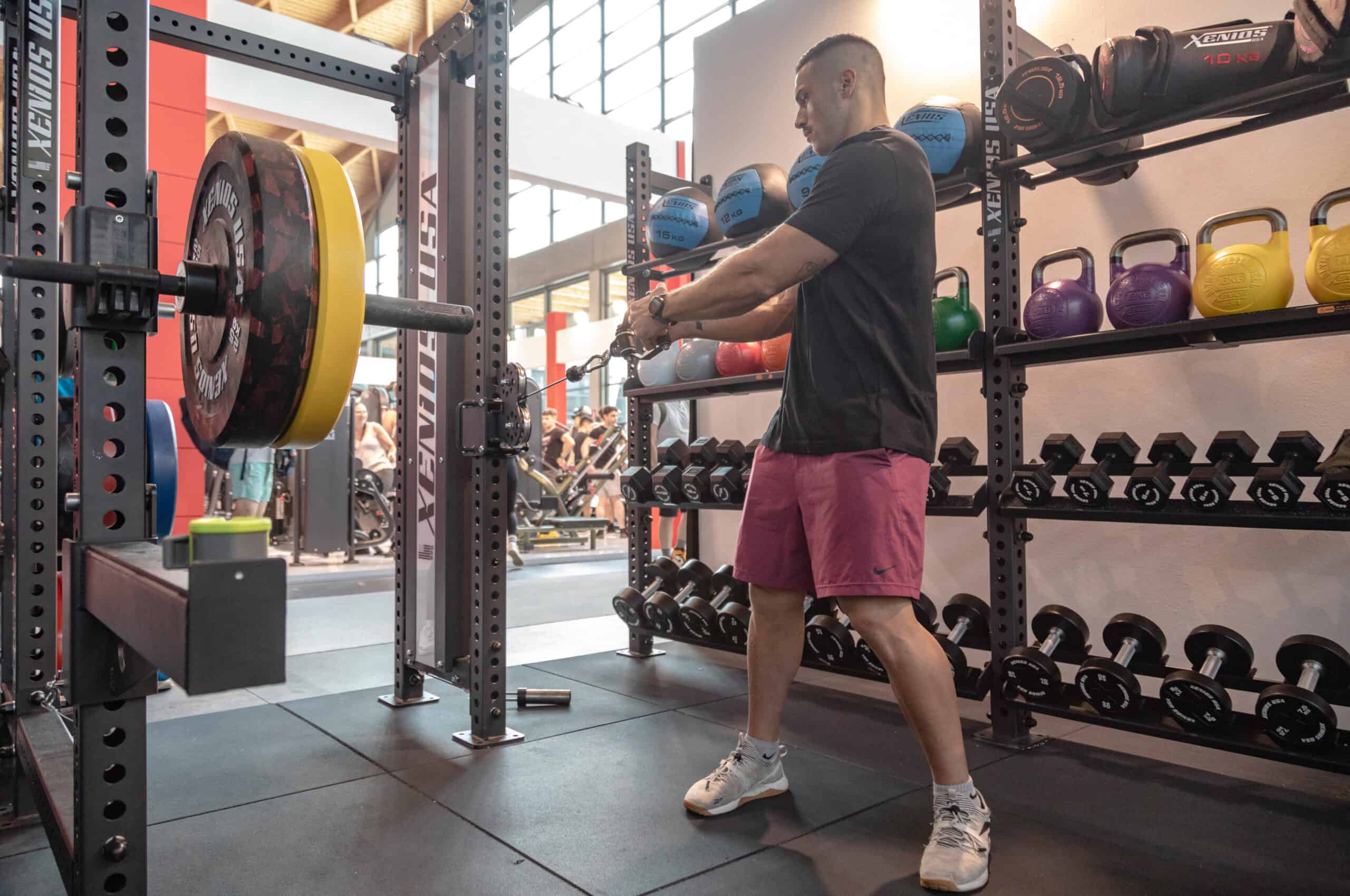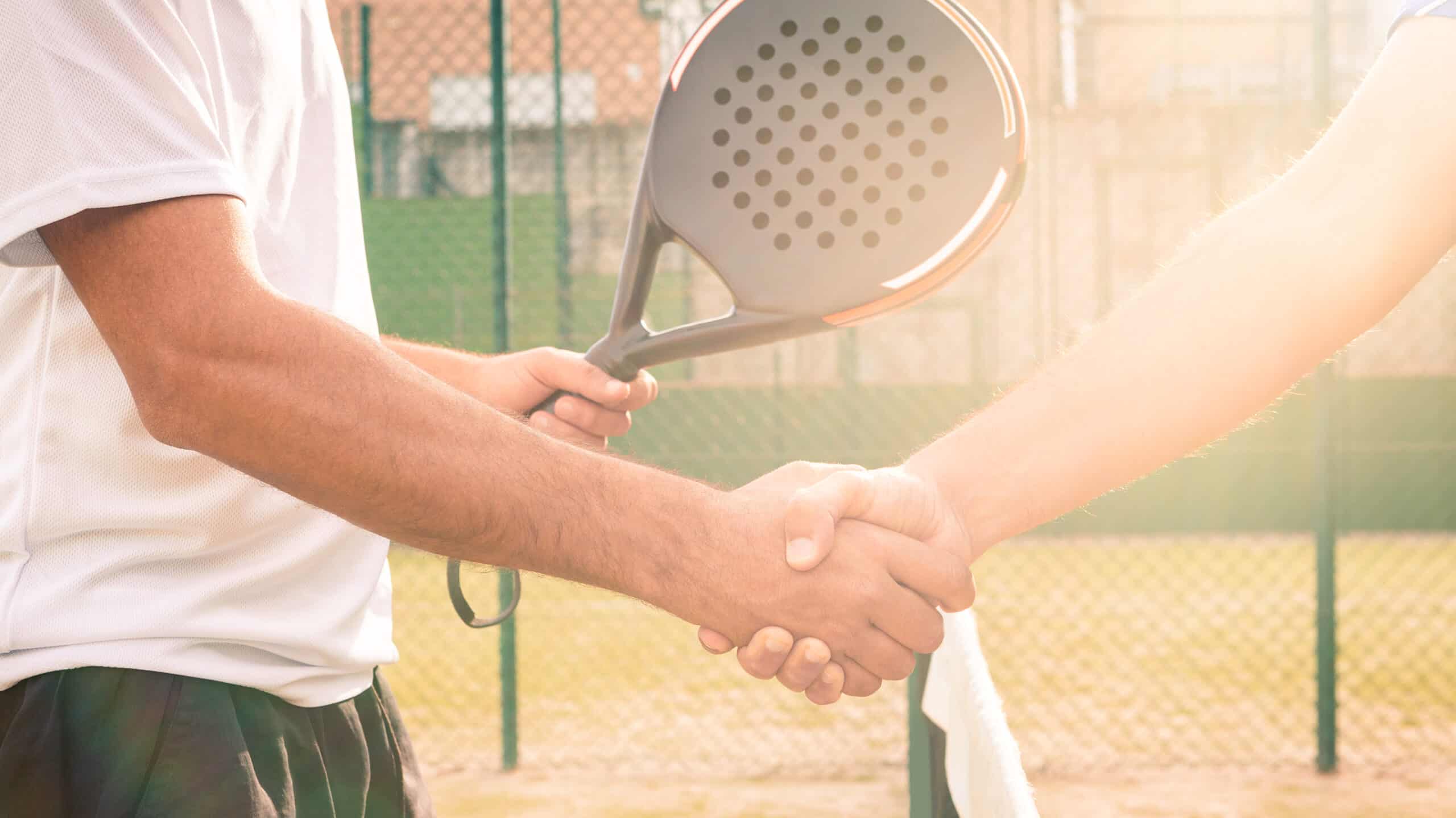How do I train my chest ?
This is one of the most frequently asked questions when it comes to training, and today we’re going to see just how to do it with two simple gym dumbbells and a bench, nothing else.
To train your chest comprehensively, you don’t have to buy a thousand machines. All it takes are simple exercises in which you need little equipment and which you can do in peace even at home.
We offer you 2 exercises designed specifically to train your pectorals; but first, let’s look specifically at which muscles you need to engage.
Muscles to engage to train the chest
To directly strengthen your chest you need to aim for exercises that are based on 3 movements: flexion, adduction and internal rotation.
In this way you will work directly on the pectorals, the muscles that have the task of moving the shoulder in these three ways.
And there’s more: you won’t just train your chest.
To carry out these movements, the pectoralis major collaborates with other muscle groups: for example, the anterior deltoid and some muscles of the arms are also involved in flexion.
For adduction, the latissimus dorsi and teres major are essential, while for internal rotation we rely on the subscapularis, latissimus dorsi, teres major, and anterior deltoid.
When you train your chest you have the bonus of strengthening many other muscles at the same time.
Focusing on the pectorals you will have to train the high, middle and low chest. There are various exercises to strengthen them. Remember to rely on an expert to get a complete, effective training plan that suits your abilities.
All these muscles will work together to give you a nice pectoral and have a balanced body, for this you have to involve them.
The high chest can be trained by barbell presses, dumbbell pushes, dumbbell crosses, or cable crosses. For all these exercises, if you want to stimulate your upper chest more, we recommend using the incline bench press. An alternative is to use various machines that you find in the gym such as the inclined chest press.
Also for the central chest we talk about stretches, pushes and crosses but in this case on a flat bench or you can go on the dumbbell pullover.
Strengthen your low chest through stretches and push-offs on a declined bench press or dips on parallel bars.
Keep in mind that the various exercises stimulate one part of the chest more than another but all the pectorals will be involved, you will simply focus more on the high, central or low chest.
We’ve talked a lot about pushing with gym dumbbells, but how do you do it ?
Dumbbell exercises: the thrusts
Thrusts are one of the main dumbbell exercises and are great for training not only your chest but also your triceps and shoulders.
Using gym dumbbells instead of barbells allows you to even out any disparities between the right and left sides of your body.
Pushes are a simple movement and therefore excellent for beginners, you just have to be careful and learn how to do them correctly.
How to do dumbbell pushes
First of all, lean well on the flat bench without flattening your back. Keep your feet firmly grounded and bring the dumbbells to your chest. This is the starting position.
From here you have to push the weights up and fully extend your arms.
Wait a second, then slowly bring the dumbbells back to your chest and start with one more repetition.
If you’re wondering how to hold dumbbells, you have two alternatives.
You can choose to hold them with your thumbs facing your head (supine grip) or hold them hammer when they are on your chest and rotate them as you push with your wrists facing each other (prone grip).
The rotation leads you to stimulate all the muscle bundles of the pectoralis major, but you will have to use less weight to avoid hurting yourself.
Tips and mistakes to avoid
First of all, remember to open your chest well while pushing and always keep the dumbbells above your elbows to avoid wasting energy unnecessarily.
You should not keep your elbows at 90° but lower, about 45° and perform a slow and controlled movement.
And then the most important tip: keep the scapular set-up so chest high, shoulders low and shoulder blades adducted throughout the execution.
If you start to feel bad in your wrists, we recommend using weightlifting wrist pads to avoid injury.
Always breathe properly: exhale as you push and inhale as you descend.
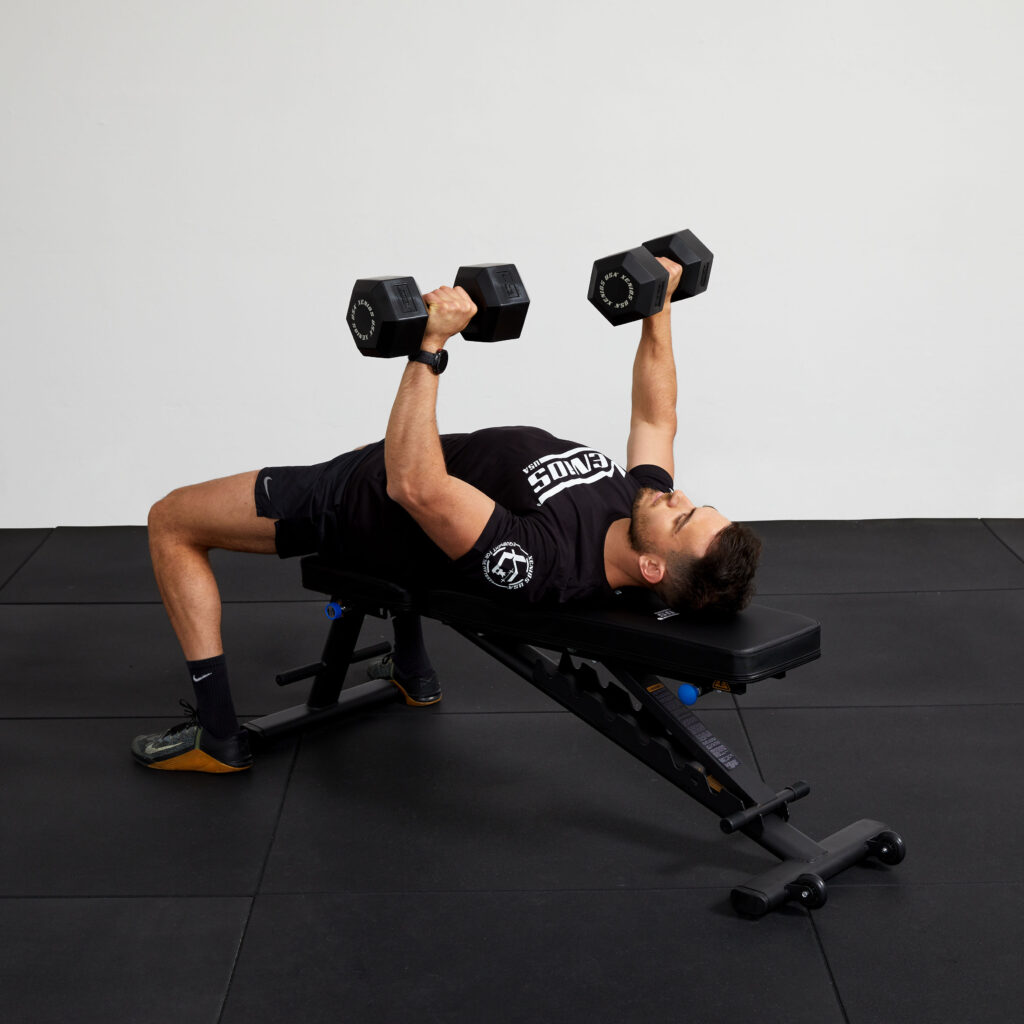
Variants
You can decide to do dumbbell pushes on an incline or declined bench.
As we have seen before, if you want to focus on the high chest you will go for the incline bench press, while, if you want to train the low chest more, on the declined one.
As for the incline bench, remember to hold it at least at a 40° angle to work effectively.
If you’re wondering if the execution changes, you don’t have to worry because it’s identical, with the same tips and mistakes not to make.
These variants are more strenuous than using the flat, so we recommend using lighter weights.
Now let’s look at a second exercise to be carried out.
Pullover with gym dumbbells
This exercise must be done with extreme care and precision because it is a delicate and potentially dangerous movement. Think carefully before putting it in your training schedule and learn how to do it right.
The pullover is an exercise widely used especially in bodybuilding to strengthen the muscles of both the chest and back.
It is considered a single-joint complementary exercise that primarily involves the shoulder joint.
To achieve greater muscle tension in maximum extension, we recommend that you perform the pullover with free weights, therefore with the barbell or dumbbell, as we will see now.
How to do the pullover
To get into the starting position you need to take a dumbbell, lie with your back on the flat bench and place your weight on your chest.
Your feet are firmly on the ground to maintain stability with your knees bent at 90° in a natural position.
Grasp the dumbbell with both hands with palms facing up.
Keep your shoulders away from your ears, your shoulder blades adducted and your chest out, the scapular set-up we talked about earlier.
Now bring the dumbbell behind the back of your neck, always keeping your elbows slightly flexed. You never have to stretch them all the way out.
At this point you can start the movement.
In a slow and controlled way, bring the weight towards the feet, reaching approximately eye level. Continuing the movement will not bring you any benefit in terms of muscles, on the contrary, you will disperse energy.
Wait a few seconds, return to the starting position, and repeat.
Tips and mistakes to avoid
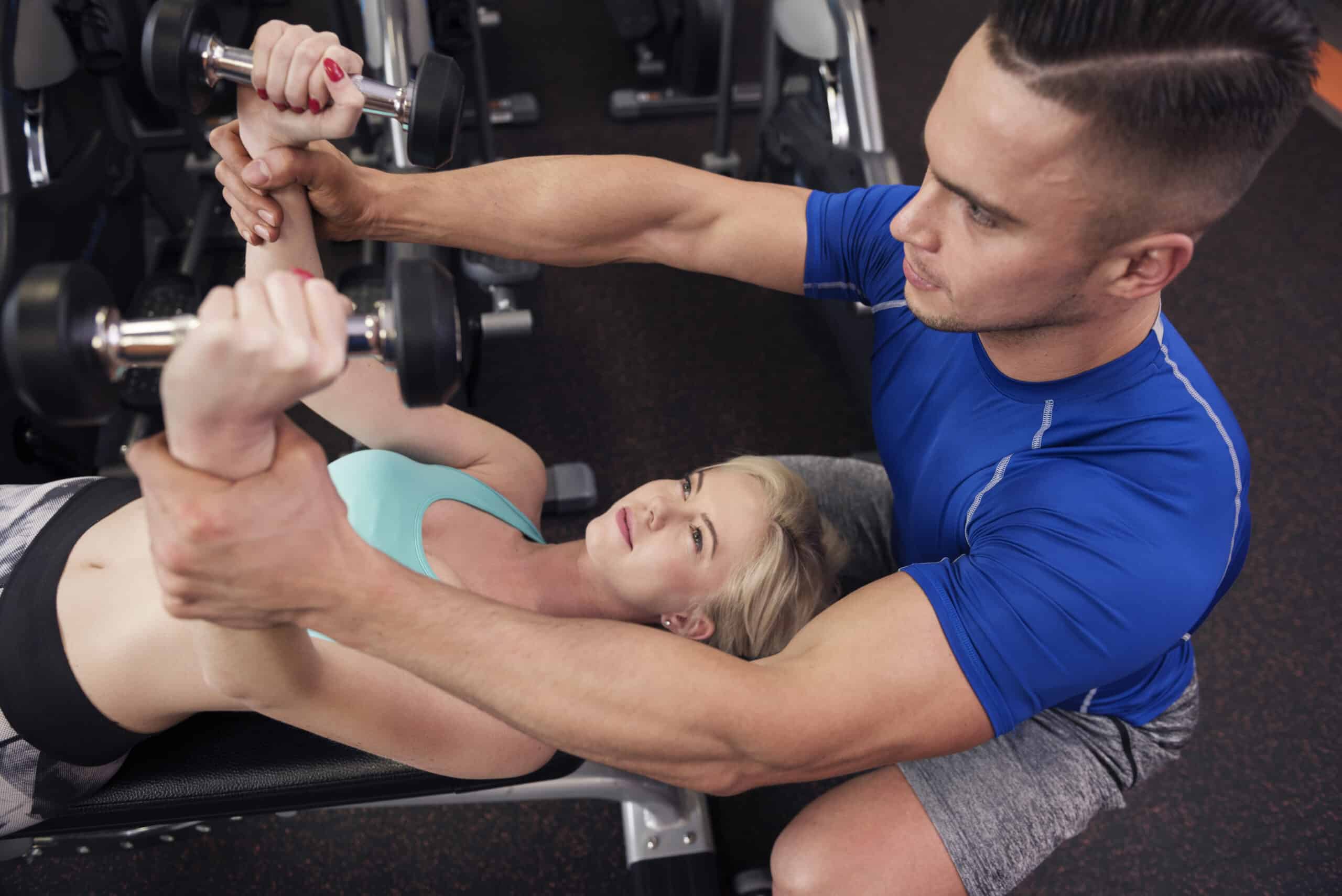
Remember to keep your scapular set-up on at all times. Losing it means making the shoulder joint unstable and risking possible injury.
Start with low weights and then increase but remember not to overdo it. Using too heavy loads that you can’t handle could lead you to bend your elbow to compensate and perform the exercise poorly.
As we always say, breathing is key: inhale as you bring the dumbbell down and exhale as you bring it up.
In this exercise, rotating your arms slowly will lead you to increase the time under tension and to control the movement well, but be careful and be followed the first few times by a professional.
It is a very technical and delicate movement, you have to do it in the correct way.
Before trying it, we recommend that you acquire the right flexibility by paying attention to the stretching of the shoulder extensor muscles (such as the latissimus dorsi, triceps, and posterior deltoid) and abdominals.
What is the pullover used for and what benefits does it bring?
The pullover is a very complete exercise. Some recommend it to train the lats or pectoralis while others to strengthen the serratus anterior.
All these muscles are involved, so you can decide to include it in the routine you prefer, we recommend it as a chest exercise with dumbbells but evaluate according to your needs.
The effectiveness of the pullover on one district or the other can also be modified by changing posture and technique through different tools and adjustments.
This exercise is mainly used to increase the stimulus selectively and targeted on the muscles involved that need more training stress from multiple angles.
In addition, it will lead you to increase the aesthetic quality of your muscles, which is not a bad advantage.
The pullover is also a flexible exercise. You can use it in the pre-fatigue of high-intensity workouts or as a filler in higher-volume workouts.
In short, it is a truly dynamic exercise. As soon as you learn how to do it correctly, it will be a good ally in your workouts.
Conclusion
We have come to the end of this article regarding the use of dumbbells as chest weights and its strengthening.
We have seen how to perform the pushes to train both the pectorals and shoulders with dumbbells and which variant to prefer to train the high chest (incline bench), the middle chest (flat bench) and the low chest (declined bench) and the mistakes to avoid.
Finally, you have learned how to best perform a pullover without risking injury or injury.
If you don’t know which dumbbells to buy, you can take a look at our shop to get quality tools at the right price.
That’s it for today, thank you so much for reading the whole article and happy training !

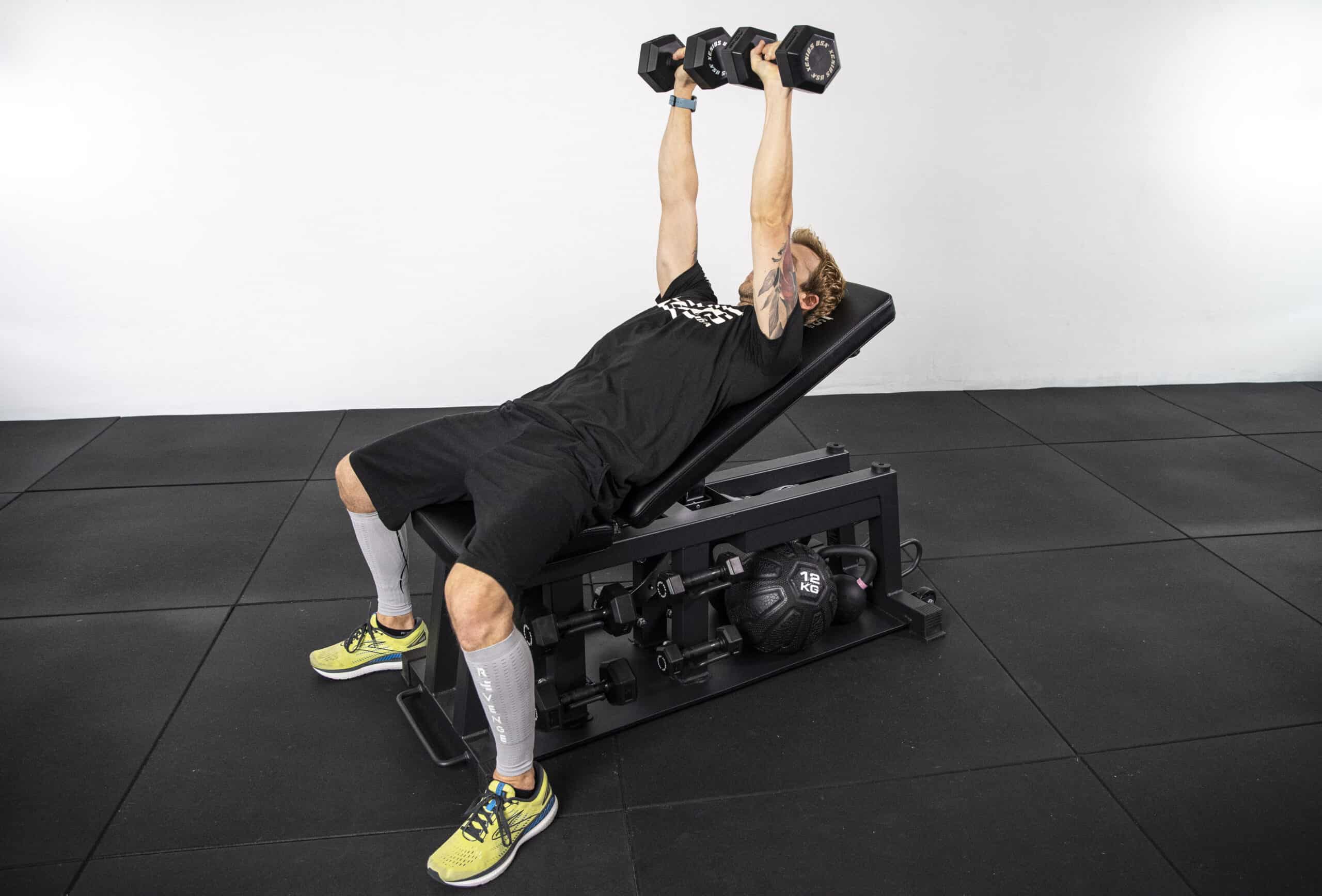
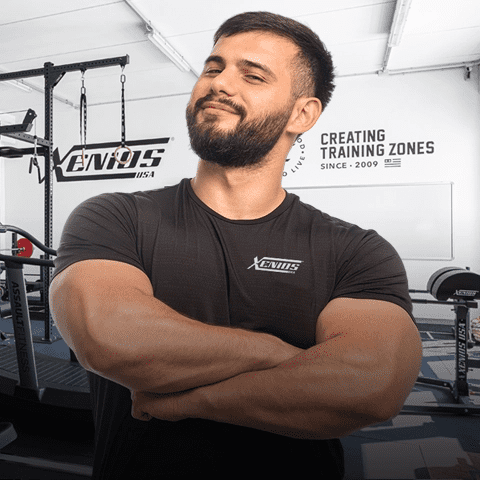
 Since 2009, we’ve been by your side, helping you create the perfect training spaces for Cross Training Boxes, Personal Trainer Studios, and professional Home Gyms.
Since 2009, we’ve been by your side, helping you create the perfect training spaces for Cross Training Boxes, Personal Trainer Studios, and professional Home Gyms.

